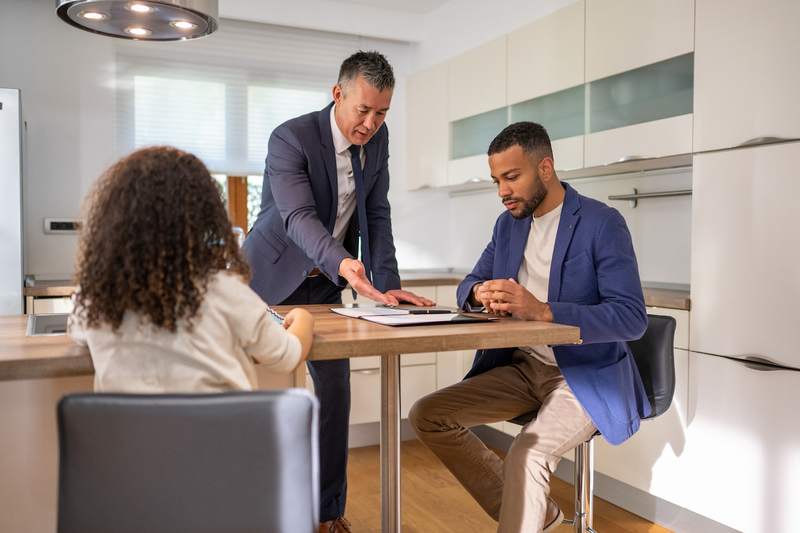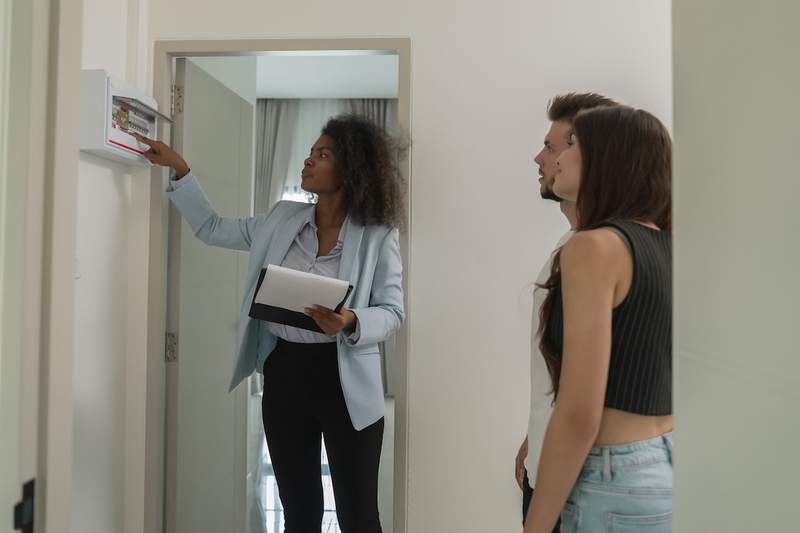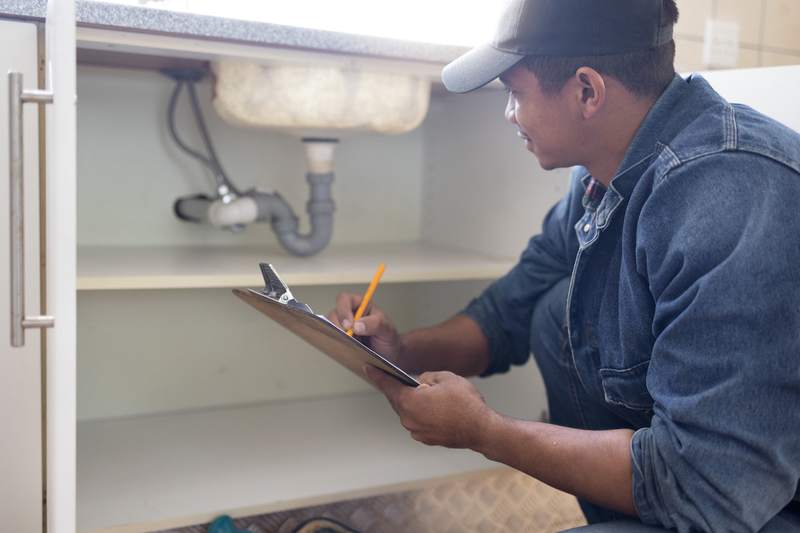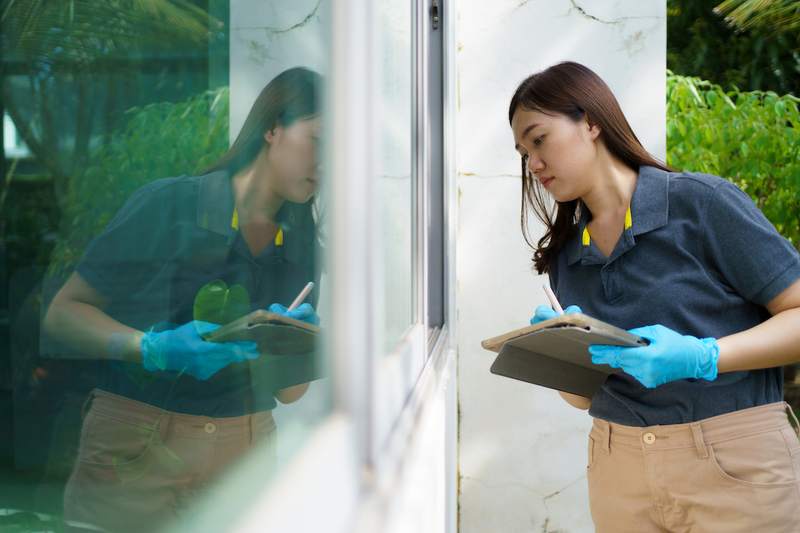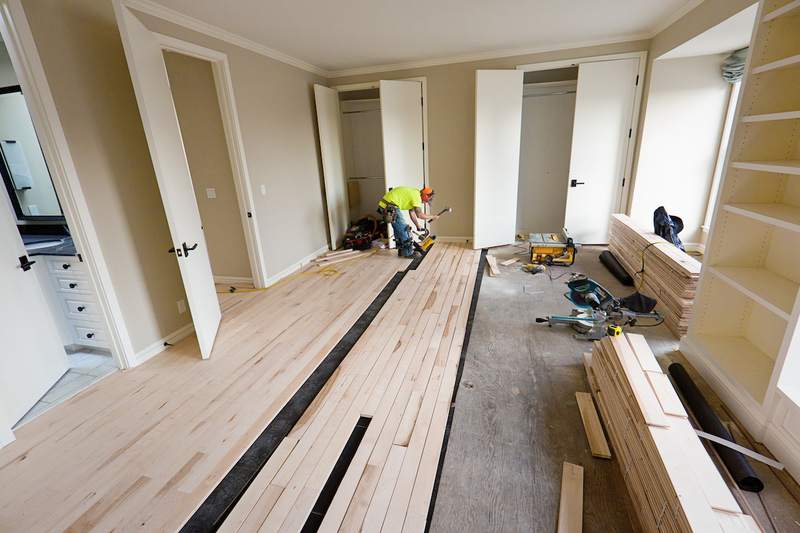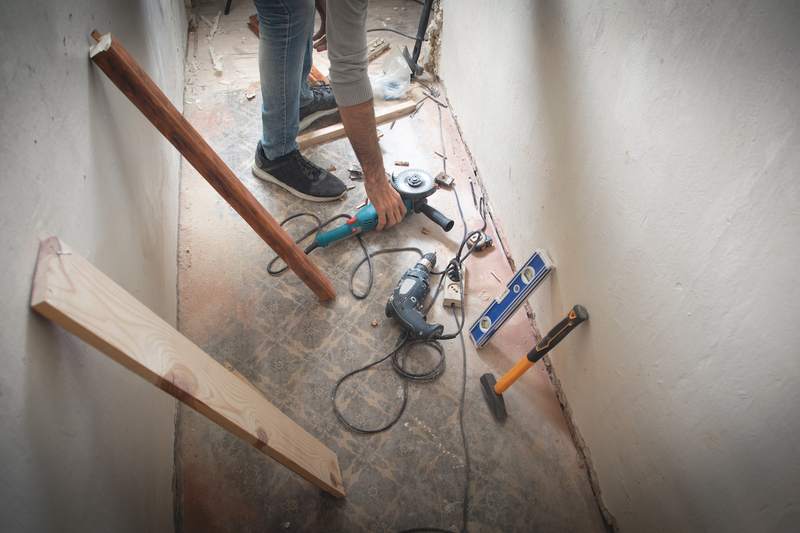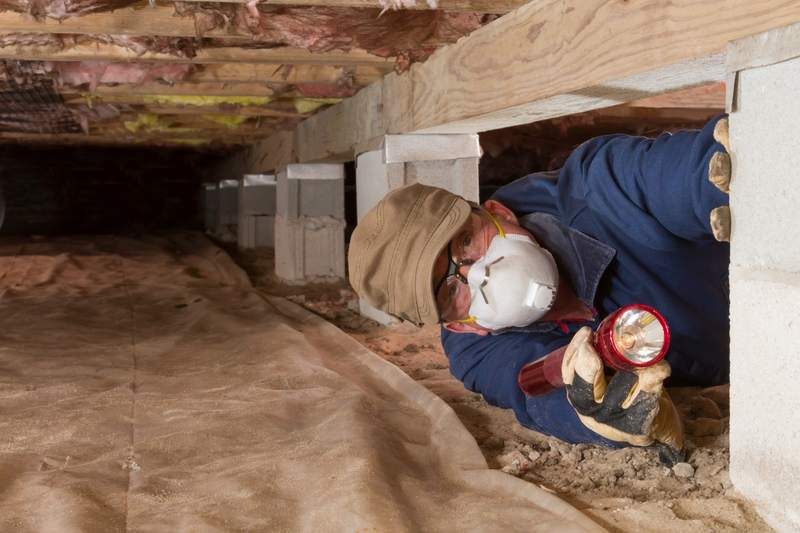
A crawl space is an unfinished area of a home that sits between the first floor and the ground. It’s only a few feet high. While a crawl space isn’t an area you’ll regularly occupy, it can offer access to utility systems and protection from earthquakes and floods.
However, a crawl space also comes with drawbacks — especially if you don’t maintain it. Here’s a look at some factors you should consider before you buy a home with a crawl space.
Does a Crawl Space Add Value to Your Home?
A well-maintained crawl space with modern features can add value to your home.
For example, a popular upgrade is encapsulating the crawl space. Encapsulation involves lining the crawl space with a vapor barrier to prevent moisture issues, which has several benefits.
For one, encapsulation helps prevent mold and wood rot, which keeps the home in good condition and improves the air quality in the home. Encapsulating the area also improves ventilation and insulation, which equals savings on your energy bill. These benefits can improve the homeowner’s quality of life and increase the home’s value.
What Are Common Problems in Crawl Spaces?
The environment of a crawl space sometimes invites different problems. Here are some issues you’ll need to look out for:
Common Problems That Occur in Crawl Spaces
| Problem | Description |
| Mold or mildew | When moisture gets into a crawl space from the soil or minor flooding, it can cause a host of issues — including mold or mildew. Mold isn’t just smelly; it can also cause health issues, and has been linked to lung and liver cancer. |
| Termite infestation | If termites invade your crawl space, they can eat away at the wood in your home. This may lead to major structural damage that can be expensive to fix. |
| Rodents or pests | Pests and rodents can get into a crawl space if it isn’t sealed properly. This can lead to property damage as well as health and safety risks. |
| Plumbing leaks | Leaky plumbing can cause moisture and water to accumulate in the crawl space, which may lead to mold and rot. |
| Structural damage | Moisture or poor soil compaction in the crawl space can lead to structural damage and uneven floors. |
| Bad air quality | Humid air from crawl space moisture can be circulated throughout your home via the vents. As a result, you — and your family — would be breathing in low-quality air. |
| Insulation | When insulation is exposed to moisture, it can deteriorate over time. Your crawl space may be insulated with vapor barriers, a foam board, spray foam, or fiberglass batts. |
How To Prevent Problems in a Crawl Space
There’s a good chance you’ll need to hire a professional to remedy problems in a crawl space if they occur. However, there are things you can do to prevent these problems from occurring in the first place.
Installing the following can help you waterproof the crawl space and prevent moisture-related problems in your home:
- Vapor barrier.
- Sump pump.
- Drain.
- Matting.
- Dehumidifier.
- Fan.
How Do You Maintain a Crawl Space?
Properly maintaining your crawl space can help you avoid issues down the line. Be sure to inspect your crawl space every so often to detect problems. You can also enhance a crawl space with upgrades, such as installing a hygrometer to monitor moisture levels, or encapsulating the space.
What Are Common Upgrades for a Crawl Space?
Enhancing your crawl space can help keep it in good shape so issues don’t develop. Here are some ways you can upgrade your crawl space:
Common Crawl Space Upgrades
| Upgrade | Description |
| Enhancing vapor barriers | These help keep moisture out and reduce the risk of structural damage and mold. |
| Installing insulation | Helps prevent heat from escaping the home when it’s cold out. |
| Encapsulating the space | Seals the crawl space with a heavy moisture barrier that helps control humidity. |
Pros and Cons of Buying a Home With a Crawl Space
Here’s a look at some of the benefits and drawbacks of buying a home that has a crawl space:
Pros and Cons of Buying a Home With a Crawl Space
| Benefits | Drawbacks |
| Helps save on energy costs if properly maintained. | Can develop moisture problems that lead to structural damage. |
| Serves as a buffer for floods and earthquakes. | Can be invaded by pests. |
| Gives you access plumbing, heating, cooling, and electrical systems. | Can’t be used for many purposes. |
| Can lead to warmer floors and less dust. | Mold and mildew can grow and cause a variety of problems. |
| Offers storage space. | Doesn’t add to your total square footage. |
| Good for homes on sloped lots. |
Is a Home With a Crawl Space Right for You?
A crawl space can be beneficial if you live in a wet climate or an area prone to flooding or earthquakes. However, it’s important to make sure that the space is up to date and sealed off from the ground.
“The decision to invest in a house with a crawl space depends on individual preferences and priorities,” says Ben Gold, a real estate investor and founder of Recommended Home Buyers in Philadelphia. “While crawl spaces offer benefits like accessibility, they may present challenges for those seeking extensive storage or residing in humid environments.”
Gold shares a story of a homebuyer who wanted to a purchase a house with a crawl space.
“In one instance, a client was enchanted by a house with a crawl space,” Gold says. “However, our thorough inspection revealed significant moisture-related problems that could have escalated over time. This experience underscores the importance of in-depth evaluation before making a decision.”
FAQ
Here are answers to some frequently asked questions about crawl spaces.




